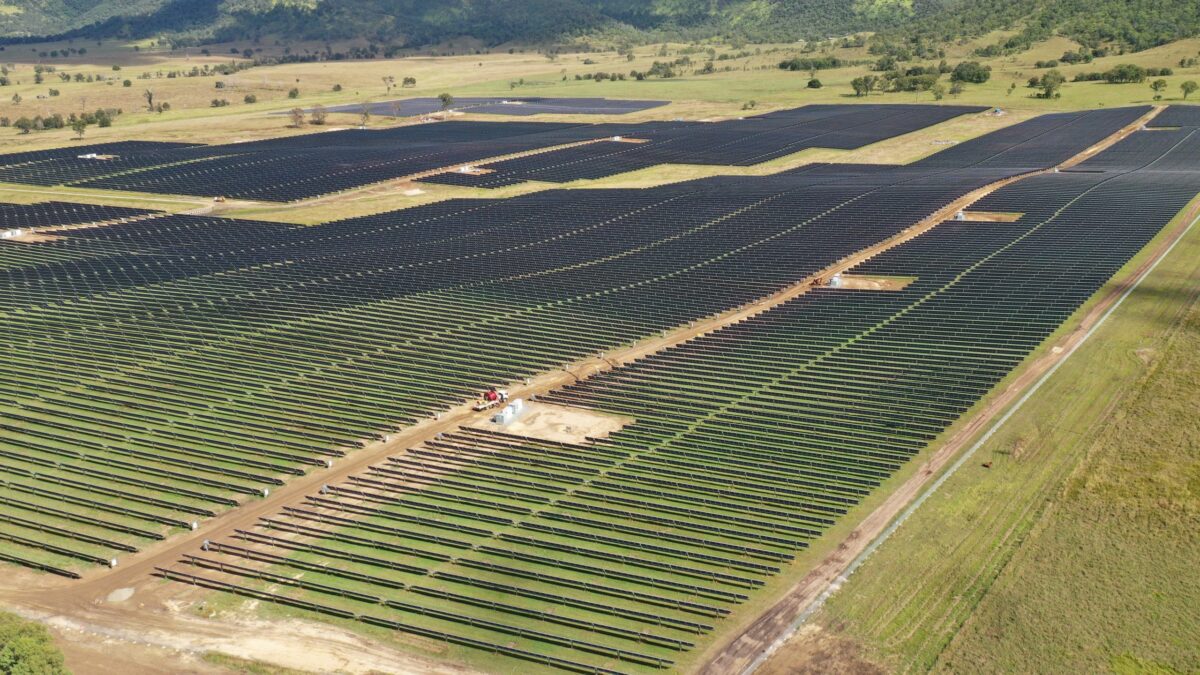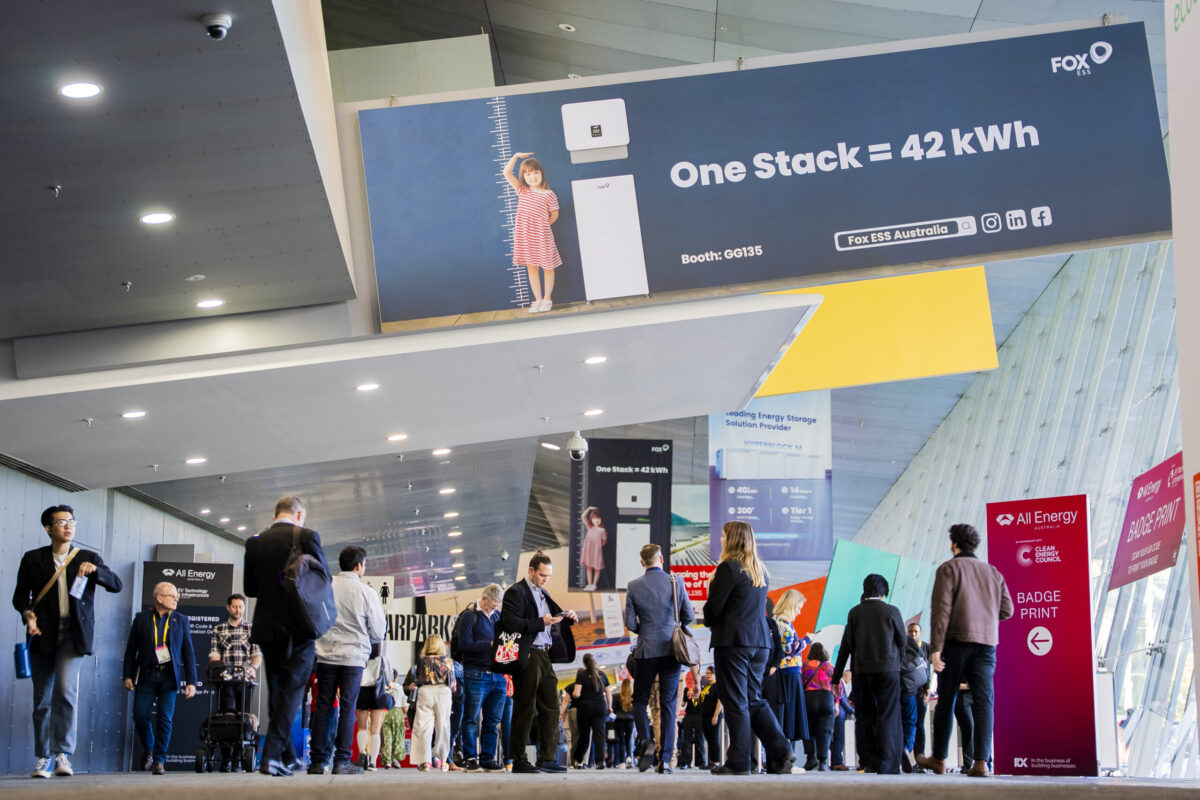The Queensland government has announced changes to planning laws for solar projects, with developers required to conduct social impact assessments and enter into “binding” community benefit agreements with relevant local governments before they can lodge a development application with the state.
Queensland Deputy Premier Jarrod Bleijie said the changes would give regional communities a say on renewable energy development and build on reforms introduced earlier this year that made wind farms projects in the state impact assessable.
“These changes to the Planning Act mean renewable energy projects will have to engage early and authentically with communities and local governments and contribute a long-lasting legacy for their regions,” he said.
“We’re introducing more transparency and clarity for solar and wind farms, so that their developers are subject to the same rigorous processes as other major projects, including community consultation.”
Under the Planning Act changes, developers will be required to complete mandatory social impact assessments and community benefit agreements for all large-scale solar and wind farms. These requirements will apply not only to new projects but will also take in applications under assessment at the time the reforms commence.
Bleijie told parliament the requirements for social impact assessment will identify and quantify the social impacts of a project, both positive and negative, and ensure plans are in place to manage them.
“This will bring greater accountability to the sector and greater confidence for communities,” he said.
The changes will also see the responsibility for assessing applications for solar farms larger than 1 MW or covering more than two hectares shift from local governments to the State Assessment and Referral Agency (SARA).
“Right now in Queensland, the state government, through SARA, assess windfarm applications and local councils assess solar farms,” Bleijie said. “With 77 local governments across Queensland, the rules for solar farms are not consistent, with some applications being impact assessable and some being code assessable. It is a lucky dip of planning laws, and it gives rise to confusion with industry with uncertainty for communities.”
Queensland Renewable Energy Council (QREC) Chief Executive Officer Katie-Anne Mulder said while the renewable energy sector is already aware of the importance of early, meaningful engagement with landholders and local communities, she noted the Planning Act changes will help formalise social engagement expectations but raised concerns about the retrospective application of the changes.
“While QREC supports efforts to strengthen community outcomes, we note that the blanket retrospective application of the proposed Planning Act amendments to in-train applications may create uncertainty for current projects,” she said. “There is likely to be devil in the detail. As always, implementation will be key.”
The Bill has been referred to the State Development, Infrastructure and Works Committee for consideration. The committee is expected to deliver its report on the Bill by 3 June 2025.
This content is protected by copyright and may not be reused. If you want to cooperate with us and would like to reuse some of our content, please contact: editors@pv-magazine.com.









By submitting this form you agree to pv magazine using your data for the purposes of publishing your comment.
Your personal data will only be disclosed or otherwise transmitted to third parties for the purposes of spam filtering or if this is necessary for technical maintenance of the website. Any other transfer to third parties will not take place unless this is justified on the basis of applicable data protection regulations or if pv magazine is legally obliged to do so.
You may revoke this consent at any time with effect for the future, in which case your personal data will be deleted immediately. Otherwise, your data will be deleted if pv magazine has processed your request or the purpose of data storage is fulfilled.
Further information on data privacy can be found in our Data Protection Policy.